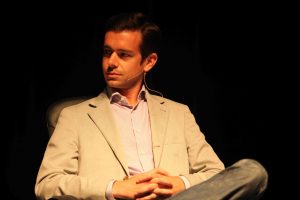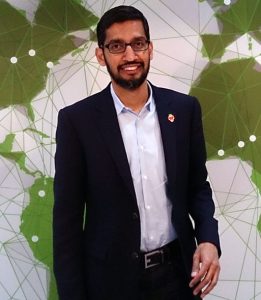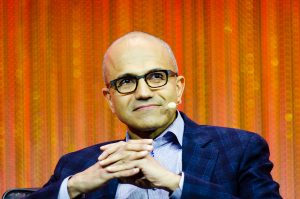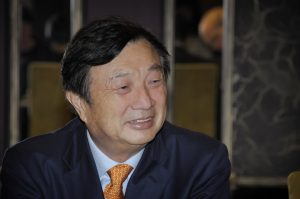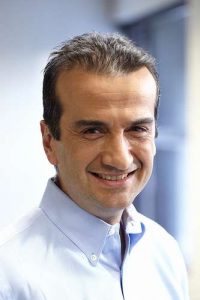Analog Devices – American Multinational Semiconductor Company
This century is highly technologically dominated one. Each aspect of our lives involves technology in one or other way in the form of various devices. These devices that are dominating our lives are made by combining small and tiny electronic parts such as semiconductors and ICs. Companies, like Analog Devices, thrive on the production of these small parts and, has become one of the largest American multinational semiconductor production company across the world.
History of Analog Devices Inc.
It was on 18th January 1965, that two MIT graduates, Ray Stata and Matthew Lorber, came up with an idea, to start a business focusing on manufacturing electronic devices. The company launched its first product the same year. It was a model 101 op amp device, used in test and measurement equipment. The size of this model was almost similar to a hockey puck. The company has become a leader, in the production of electronic equipment used in signal processing. Their equipment is widely used in defense, space research, communications, and various such sectors.
In 1967, the company launched its first issue of Analog Dialogue – a technical magazine which focuses on newest development in engineering across the globe.
Analog Devices went public in 1969 and filed an initial public offering. A decade later the company was listed on New Your Stock Exchange. The company now focused more on the research and development of its products. This included the launching of the first digital to analog device – CMOS and first laser trim wafers, in 1973.

During Stata’s CEO period, the company achieved humongous success in the market all over the world and in 1996, it reached $1 billion in revenue. The same year, Stata retired from the post of CEO and Jerald G. Fishman took over the President and CEO position, serving till 2013.
By 2000, ADI’s sales reached $2.5 billion. Analog Devices acquired five companies, including the thick film semiconductor manufacturing company, BCO Technologies, for a huge $150 million.
Fishman retired in 2013 and, was replaced by Vincent Roche as the new President and CEO. Executive Vice President Position is helmed by Rick D. Hees, Chief Technology Officer by Peter Real, and Director of Finance by David A. Zinser.
Products
The company started with, manufacturing analog signal processing and digital signal processing technologies, which include data converters, radio frequency, etc. Company’s main products include data converters used in fields, like medical systems, scientific instrumentation, radar, defense equipment, etc. Data converters account for more than 50% of ADI’s revenue.
Power management products are used in wireless, industrial, and digital camera manufacturing industries. Radio Frequency integrated circuits product portfolio includes TruPwr, RMS power detectors, etc.
Analog Devices’ most popular product micro-electromechanical systems (MEMs), which was found in smartphones, tablet PCs, security systems, etc., was sold to InvenSense in 2013.
The company has become a pivotal player in various fields including healthcare, automotive, industrial, and consumer-based markets. Its main competitors include Texas Instruments, Maxim Integrated Products, and Linear Technology. Analog Devices was ranked at number three analog semiconductor supplier in 2011.
Employees and Company Locations
As of 2016, around 10,000 employees work for Analog Devices. Each employee is given a health care benefit and, shares in the company stocks. The employees are also given the housing and transportation allowances.
The company’s headquarters is situated in Norwood, Massachusetts, United States and, its subsidiaries are situated all across the world in countries, such as Israel, India, China, etc. There are four regional headquarters situated in Tokyo, Munich, Shanghai, and Limerick.
To encourage new innovations and, start a conversation between engineers, the company launched ‘Engineer Zone’ – an online support platform. Analog Devices publishes about the latest technological advances in the engineering field, every month.
The company’s dedication, towards supplying top-quality products to its customers, has led to the rise in its stocks and, gain the trust of their thousands of customers.

Harshal Pawar is an avid reader, a TV show addict, and a writer. He has a personal blog brainwork.wordpress.com where he jots down his articles and poetry about love and life.
He is currently pursuing film-making and wishes to bring the words written on a paper to the screen. More of all he is a scorpio.
